Jerkinhead Roof: Pros, Cons, Types, & Aesthetic
Author: Rick Worst | Editor: Omar Alonso
Review & Research: Jen Worst & Chris Miller
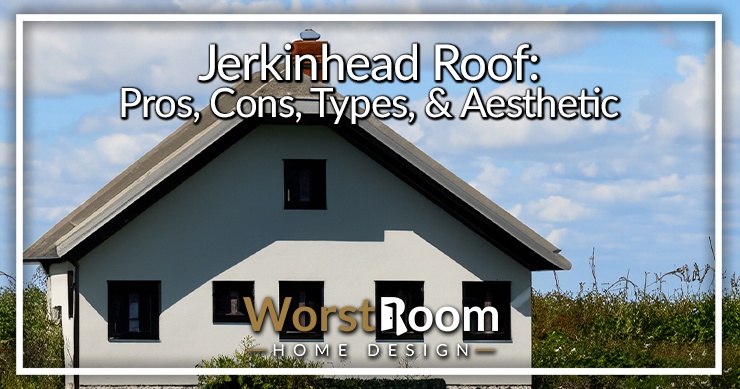
Do you know what a jerkinhead roof is? Seriously, we're not jerking you around here. It's a traditional style of gable roofing system used in many modern home builds. The design takes on the look of a pyramid and is comparable to a gable, with a distinct style characterized by clipped peaks.
Jerkinheads are also known as "Dutch hip" and "Half hip" roofs and bear a resemblance to a church roof. The Jerkinhead combines the design elements of gables and half-hips, creating a complex, intricate design.
What is the History of the Jerkinhead Roof?
As one of the oldest roof designs of the modern era, the history of the Jerkin head traces back to the 1700s and 1800s and if loosely identified, even in medieval buildings from before. This design was in frequent use by the 1920s, with Gilbert Stanley Underwood bringing it to America while working for the Utah Parks Company.
At the time, the Jerkinhead roof wasn't used extensively in American home design, but it gathered popularity in bungalow-style homes, which were popular around this time. Jerkinhead roofs are now commonly used in California cottage, Craftsman, and other home designs, and they're also popular with churches built from the 1920s through to the 1950s.
What Does a Jerkinhead Roof Look Like?
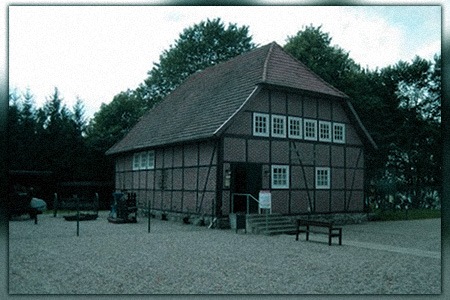
The Jerkinhead roof looks like a gable system, featuring two sides that slope and converge in the center. The main ridge is flat and has a hipped style.
What are the Benefits and Drawbacks of Jerkinhead Roofs?
This intriguing, complex roof design fixes many problems associated with gables and hipped roofing systems. Both gable and hipped roofs are prone to damage in high winds. Jerkinhead roofs have a more compelling design that's visually appealing and more of a head-turner than gables or hip roofs.
This design's unique appearance is more useful than other economical designs like gables and hips, giving the homeowner a sense of style without blowing their budget on their roofing system. If you want a strong, sturdy roof that's stylish and gives your home more curb appeal, think about fitting a Jerkinhead.
How Do Contractors Build a Jerkinhead Roof?
The Jerkinhead roof requires trusses or rafters in its construction for stability and visual styling associated with the design. It's essential to set up the Jerkinhead roof properly if you're doing it yourself, and the intricate nature of these roofs means you'll need experience with roof design or to call a contractor for the job. Designing and building a Jerkinhead roof requires various materials for the task, depending on the requirements of the roof and those of the homeowner.
Most of the roofing installation includes sloping and triangular faces, the roofing pitch, and the hip rafters. The home builder positions the hip rafters resting on the outer corners of the structure, which are raised to the ridge.
Considerations for Building Jerkinhead Roofs
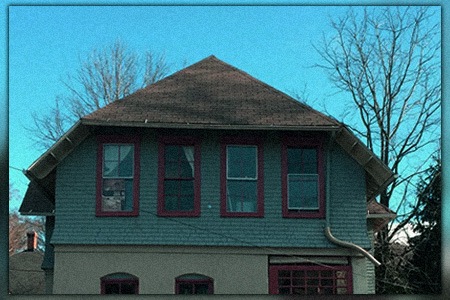
Building a Jerkinhead roof is typically more expensive than other designs like gables and hips. If you're hiring a contractor for the job, they'll need specific knowledge of these roofs for the build, which is not common in the industry.
Even if you have extensive roofing knowledge and undertake the task yourself, you can expect it to cost a pretty penny to bring the project to fruition. The Jerkinhead is structurally complex, requiring more materials to hold it up than other designs. This design has far more rafters and types of trusses than other roofs, reflecting the job's complexity and the roof's price tag.
The complex design of the Jerkinhead also requires more maintenance, and the complexity of the repairs can add up over the lifetime of the roof, eclipsing what you'll pay with other roofing systems. However, if you value a unique roof style and what it brings to your home design, these considerations might be worth the effort and money when installing a Jerkinhead roof on your home.
Jerkinhead Roof Pros
Below are the main positives of these styles of roofs.
Excellent Stability
The use of many rafters and trusses in the Jerkinhead roof gives the structure unparalleled stability and resilience against the elements. The roof's shallow slope increases its strength compared to other styles.
Good Wind-Resistance
The mild slope of the Jerkinhead, featuring its subtle bends and curves, makes it a complex design. However, These design elements give it excellent wind resistance, making it the ideal choice for windy parts of the United States that experience extreme weather conditions.
Unique Look
The Jerkinhead roof is an architectural marvel that will give your home more curb appeal. It's a great choice toad to French and American-inspired Foursquare houses. The stability and comfort represented by this roof design make it the ideal choice for smaller homes and cottages.
Jerkinhead Roof Cons
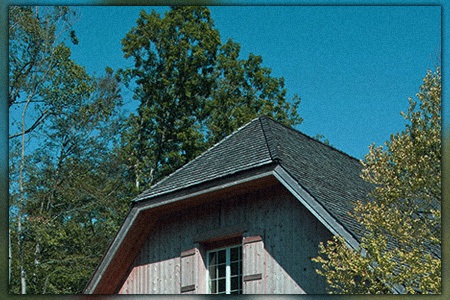
Below are the main negatives of these types of roofs.
Costly to Install
While the Jerkinhead roof has plenty of advantages, the project's expense is the chief drawback in building one for your home. The intricate styling combined with expensive maintenance means you have to really appreciate the styling to find it worthwhile.
Challenging to Access
The unique styling of the Jerkinhead roof makes it challenging to access all parts of the roof for maintenance duties. Even roofing professionals have a hard time traversing this roof. Maintenance on the roof may require the use of specialized ladders and lifts to clean the gutters and reach damaged areas.
Challenging to Ventilate
It can be hard to ventilate a Jerkinhead roof, and the building has lowered lighting.
What are the Constructions Costs of Jerkinhead Roofs?
Due to its complex styling, you can expect to pay more for a Jerkinhead roof than other designs. You can expect to spend anywhere in the range of $20,000 to $50,000 or more for a 1,500-square-foot roof. It's essential to ensure the contractor appointed for the job has experience in building Jerkinheads. Or you might run into quality problems during the build or increases in expected costs as they realize the mammoth task they've undertaken.
You'll also need to think about the kind of roofing materials you'll use when covering the Jerkinhead. Shingles are the most affordable option, with shake being horrifically expensive in a Jerkinhead. Metal roofs are also a good consideration for Jerkinheads, giving the building a classic look while reducing maintenance responsibilities.
What Is the Service Life of a Jerkinhead Roof?
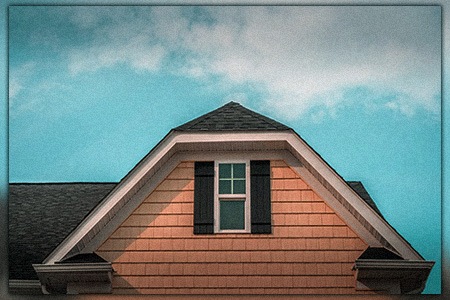
The pitched roofing style of the Jerkinhead means it lasts longer than a traditional flat roof style. Plenty of elements determine the lifespan of a Jerkinhead roof, from weather conditions to materials used to cover the roof and the quality of the structure and work.
Variations & Alternatives to Jerkinhead Roofs
If you're unsure about the costs and maintenance involved in the Jerkinhead roof and want an alternative that's less costly and easier to maintain, consider the following options. You get a stylish roof with a lower price tag and easier maintenance.
Dutch Gable Hip Roof
The Dutch gable is a hybrid style inspired by a fusion of the gable and hip roof. There's a partial or complete gable at one end of the ridge.
Cross Hipped Roof
When you combine two designs in the same structure, the result is a cross-hip roof. The designs converge at the ends of the roof to form a "valley" or joint.
Simple Hip Roof
A simple hip roof is ideal for structures with two sides longer than their opposites. All the sides slope in the direction of the walls.
Pyramid Hip Roof
The pyramid consists of triangle-shaped sides in a quad design, all with equal measurements. The sides coverage on a single point at the peak of the structure.
Combo Roof
Combo roofing designs integrate several roofing styles, forming a single roof. For instance, a home might have a gable roofing system over the dormers and a gable roofing system throughout. You get more aesthetic appeal, and an experienced roofer should have no problem combining designs to get you what you want from the build.
FAQs Concerning the Jerkinhead Gable Roof
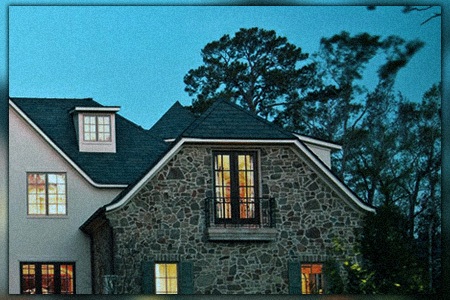
When we talk about the jerkinhead gable, a lot of other questions always arise. Let’s deal with those now.
What is the Most Common Roofing Style?
Gable roofs are arguably the most common and popular roofing design. They suit most buildings and homes and are affordable to install.
What is the Most Effective & Efficient Roofing Material?
Metal is, bar none, the most durable roofing material and a good choice for jerkinhead roofs. The sturdiness and UV resistance of the roof means lower maintenance requirements and a service life of 50 to 100 years or longer. The roof will certainly outlast the structure.
What is the Easiest Roofing Material to Install?
Asphalt shingle roofs are the easiest system to install. The materials are readily available, affordable, and look good on any roof design.
Key Takeaways - What is a Jerkinhead Roof?
- The Jerkinhead roof is a unique design and a great choice to increase your home's curb appeal.
- Jerkinheads became popular in the US in the mid-1920s through to the 1950s. Many new homes use Jerkinheads due to the intricacy of the design and its aesthetic appeal.
- Jerkinhead roofs are wind-resistance and hold up in extreme weather conditions.
- The Jerkinhead roof is expensive to install, requiring more trusses and struts than other roofing designs.
- You'll need an experienced professional roofer to assist with the build.
- Jerkinheads are one of the most costly roof designs and can be a pain to maintain.
That’s All You Need to Know About the Jerkinhead Roof
Besides all of the details we shared above, the one thing you can say about a jerkinhead roof is it is stylish. It has a unique style that’s not overdone to the point of being an eyesore. Your home will stand out without being absurd, and that’s what we’re all aiming for.



